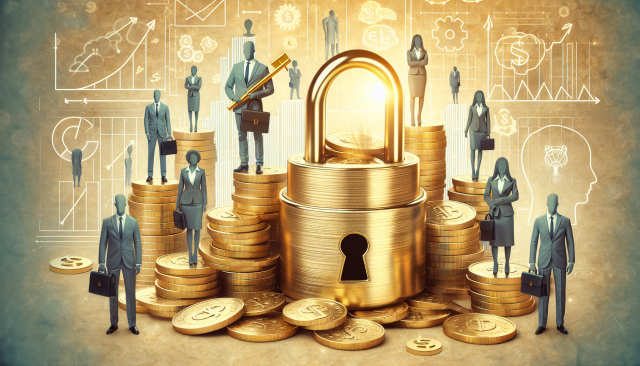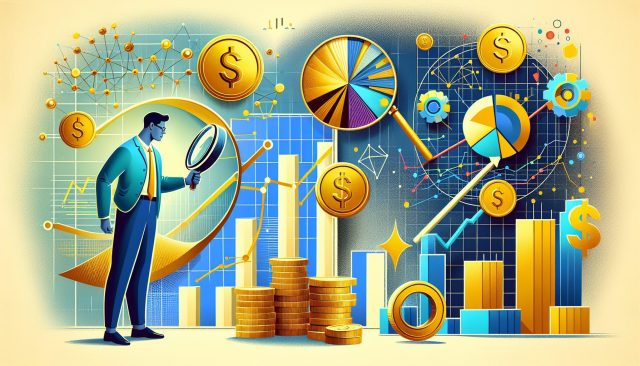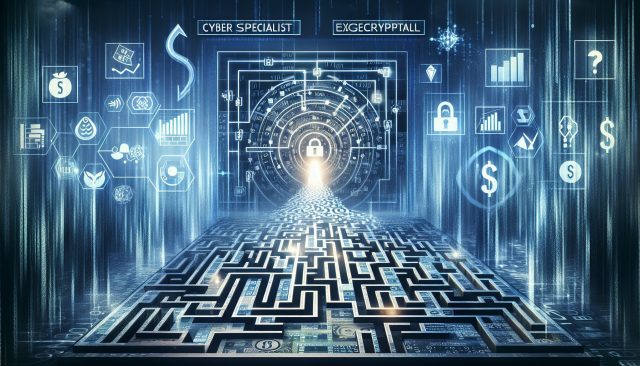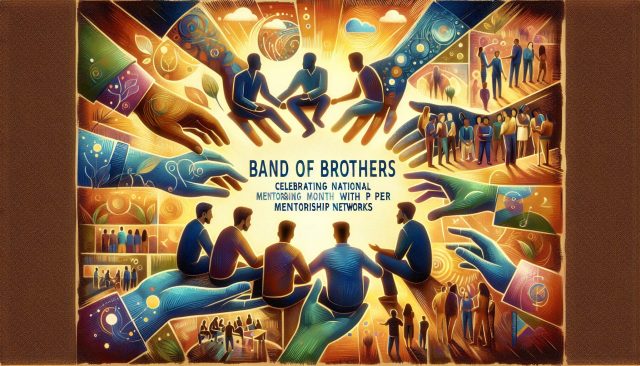Elevating Mentorship: Transforming Career Development for MBA Professionals
Elevating Mentorship: Transforming Career Development for MBA Professionals
As we observe National Mentoring Month, it’s an opportune moment for MBA professionals to reflect on the pivotal role mentorship plays in career development. Traditionally, mentorship has been perceived as a transactional relationshipa straightforward exchange of knowledge and skills between mentor and mentee. However, in today’s fast-paced and ever-evolving corporate landscape, the narrative of mentorship is transforming. It’s time to redefine mentorship goals, moving from transactional exchanges to transformational relationships that foster holistic professional growth.
The Shift from Transactional to Transformational
Transactional mentorship, often seen as a mere transfer of expertise or guidance, focuses on short-term objectives. It might involve specific tasks like advising on a project, assisting in skill acquisition, or offering career advice. While these elements are valuable, they limit the potential of what mentorship can achieve.
Transformational mentorship, on the other hand, suggests a deeper, more profound engagement that transforms the mentee’s professional and personal growth. This approach doesn’t just aim to impart knowledge but to inspire a change in perspective, encourage critical thinking, and empower mentees to see beyond their current capabilities.
Impactful Career Development
For MBA graduates, who are often preparing to take on leadership roles or entrepreneurial ventures, transformational mentorship can be a game-changer. It emphasizes:
- Vision Building: A mentor helps to refine the mentee’s career vision, encouraging them to think broadly and ambitiously about their future.
- Values and Ethics: Transformational mentorship instills a strong sense of professional ethics and values, guiding decisions that align with the bigger picture.
- Emotional Intelligence: It enhances awareness about emotional intelligence, a key trait for leaders, helping MBA professionals navigate complex work environments.
- Network and Connectivity: Beyond traditional networking, mentors introduce mentees to key connections that align with their vision.
Redefining Goals Together
For mentorship to truly be transformational, both partiesthe mentor and menteeneed to redefine their goals together. Mentorship should be a mutual journey where learning and growth occur in both directions. For this, its crucial to:
- Set Clear Intentions: Begin the mentorship with a clear understanding of the objectives and how both parties wish to evolve.
- Embrace Feedback: Constructive feedback and open communication are the cornerstones of transformational growth.
- Foster Lifelong Learning: Encourage a mindset that remains open to learning, adapting, and evolving continuously.
Conclusion: Celebrating Mentorship as a Journey
This National Mentoring Month, lets celebrate mentorship not just as a career tool but as a journeyone that transforms MBA professionals into visionary leaders prepared for future challenges. By embracing the shift from transactional exchanges to transformational collaborations, we can unlock a new era of mentorship that serves as a catalyst for sustainable success and growth.































